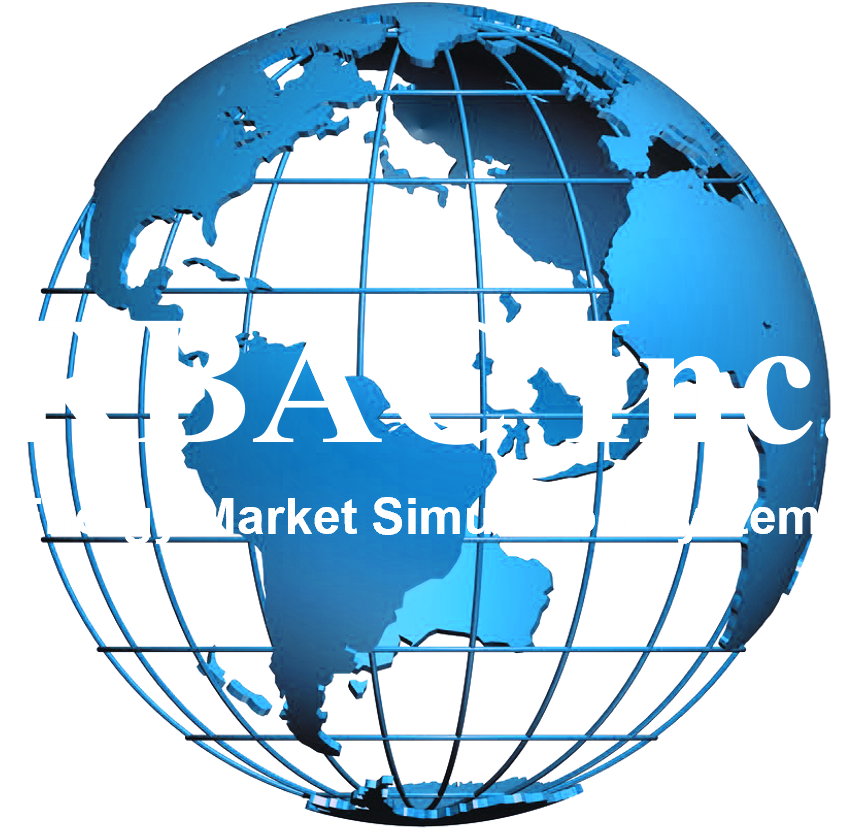A View from the Global UAE Energy Forum
In one of his first acts in office, President Biden rejoined the Paris Climate Agreement. Symbolic? Sure. But the real work starts after the signature—and that’s where things become complicated.
At the U.S. Roundtable of the Global UAE Energy Forum, panelists from academia, industry, and policy circles gathered to tackle a hard question: Would the U.S. be able to position itself as a climate leader in 2021 and beyond?
Among the voices was Dr. Robert Brooks, Founder and CEO of RBAC Inc., who brought a perspective rooted in data, global energy systems, and economic realism.
Working With the Energy Sector, Not Against It
For decades, U.S. climate policy has pendulum swung between various actions, reactions and furious activity to a more muted one. Why? Some might say it was ambitious idealism versus unforgiving realism. But in January 2021, with President Biden newly at the helm, some recommendations were given.
One of the first, was the need for government to stop treating energy producers as adversaries. Dr. Brooks offered a simple suggestion: bring them to the table.
“It would be very wise for new President Biden to see to what extent he could actually work with the energy companies,” Brooks said, “… surveying of these business leaders… really finding out how would they approach this. In other words, let’s try to make them an element of the team who’s trying to achieve these goals.”
Many oil and gas companies had already made carbon reduction pledges, and some have been exploring net-zero strategies. A cooperative approach to energy policy may prove more productive—and more politically feasible—than trying to pass regulations without input from the industry.
Natural Gas and LNG Still Matter
Maintaining a prominent climate leadership position doesn’t mean walking away from natural gas. In fact, U.S. LNG exports are already reducing emissions globally by displacing coal.
“When you look at it in the global context—I think it would be wise to support, and again not to oppose, LNG exports out of the U.S. LNG exports out of the U.S. have the potential for—and increasingly, one sees the actuality of—supplanting coal-powered electricity production around the world. You see this a lot in Southeast Asia. Even Vietnam has a huge number of projects. We know about China. India also has these things. And of course, Asia is the big player in emissions and will be in the future. So to the degree that you can reduce with a known commodity, LNG is going to produce less carbon emissions than coal.” Brooks explained. “Yes, I know that there are other issues like methane emissions. I think these things are very important, and they can be—these are more like engineering problems. They can be achieved.”
Methane emissions and infrastructure leakage remain important issues—but Brooks sees these as engineering problems, not deal-breakers. Methane can be measured and mitigated. Coal, by contrast, has intrinsic challenges: even with modern scrubbers and filters, “clean coal” still produces pollutants like NOₓ, sulfur compounds, particulates, and trace heavy metals, leaves behind solid waste. While it’s much cleaner than older methods, these byproducts remain a challenge. Natural gas, by contrast, burns without ash, mercury, or sulfur, and produces far lower NOₓ.
So even without factoring in CO₂, natural gas is significantly cleaner across the board. In terms of CO₂, natural gas emits about 50–60% less than coal when used for electricity generation, making it not only cleaner on pollutants but also far lower in carbon intensity. In a world that still needs dispatchable power, U.S. LNG is a climate asset.
Hydrogen’s Promise—and Its Pitfalls
Regarding “green gases” like renewable natural gas (RNG) and hydrogen (H2), Brooks emphasized long-term vision and current limitations. While hydrogen holds potential for decarbonizing industry and storage, it’s a long way from being a practical replacement for natural gas.
Brooks said, “… if you want to look at the longer term, then I think we need to be looking at something that could replace natural gas in the longer term, and hydrogen is clearly something that could be done. One of the very first things that I think Biden should do is to accelerate the research and development of hydrogen. … there are huge challenges. Hydrogen is not nearly as energy intensive. It’s about 30 percent as energy intensive per cubic meter as natural gas. It takes more effort and more cost to actually move it. There’s a lot of challenges. But I think that these are engineering and scientific challenges that can be overcome—and should be overcome. So, I would recommend that a lot of effort go into that in the longer term. But at the same time, recognize that natural gas and LNG have an extremely important role in the meantime.”
In the meantime, natural gas continues to serve as a critical bridge fuel—backing up intermittent renewables and ensuring grid reliability. The reality is that the energy transition won’t occur overnight, and policies need to account for it.
Culture, Trust, and the Path Forward
One of the more delicate topics was cultural trust—meaning how to foster broad support for climate goals in a country as divided as the United States. Dr. Brooks spoke candidly, noting that many Americans distrust the data and narratives they hear. He warned that censorship, polarization, and broken dialogue could stall progress—even when good policies are on the table.
At the same time, other panelists pointed out that market forces are already reshaping behavior. From Wall Street to Main Street, companies are rethinking investment strategies and setting internal climate targets. ESG metrics, sustainable finance, and corporate net-zero pledges are becoming the norm—not the exception.
The Wrap-up – Idealism vs Pragmatism
Brooks offered a final thought: there’s a difference between what’s ideal and what’s realistically possible. Climate action doesn’t have to be all or nothing, but it does have to be grounded in the real world.
“I think I would use maybe two other terms here, which is idealism versus pragmatism. And I think, in the end, pragmatism is going to win. … I think there’s going to have to be this combination. And if it goes too far towards unworkable idealism, hopefully Biden has enough sense from his long experience in government that he can pull back toward something that’s actually going to be workable,” Dr Brooks said.
RBAC’s energy modeling software fits right there: helping analysts, planners, and policymakers simulate what’s possible, test scenarios, and understand trade-offs in a complex and fast-changing global system.
The upshot is, as the world pushes toward lower emissions, it’s not just ambition that will define leadership. It’s clarity. And the tools to make informed decisions, before unexpected consequences arrive.
Since this discussion has taken place, numerous events have occurred that have shaped and altered the state of the global energy market. Sources of uncertainty and volatility will always be present that may throw a wrench into the best laid plans. However, there are ways to plan ahead for such eventualities and be in-the-know when market reactions hit others unexpectedly, but you will be prepared for most any scenario.
Contact us today for a free demonstration of how RBAC’s market simulation tools, GPCM® Market Simulator for North American Gas and LNG™ and G2M2® Market Simulator for Global Gas and LNG™, can greatly augment your analysis capabilities.
Want to see the full discussion
RBAC is the market-leading supplier of global and regional gas and LNG market simulation systems used by the energy industry and related government agencies for over two decades. The GPCM® Market Simulator for North American Gas and LNG™ is the most widely used natural gas market simulation system in North America. RBAC’s G2M2® Market Simulator for Global Gas and LNG™ has been instrumental in understanding evolving global gas and LNG market dynamics and is vital to fully grasp and leverage the interrelationship between the North American and global gas markets.


